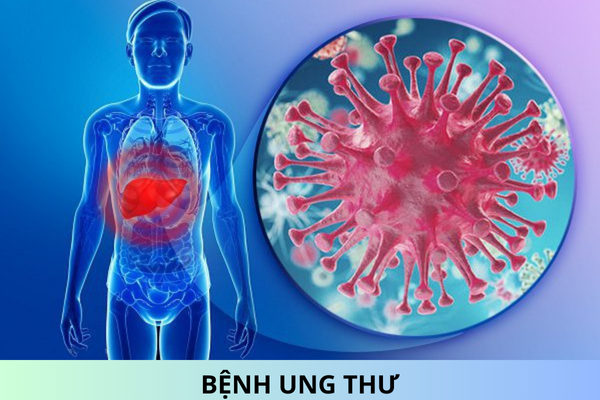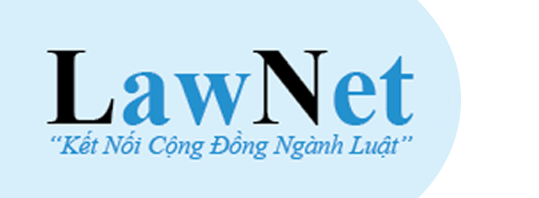What is Avian influenza in Vietnam? What is compulsory prevention of Avian influenza with vaccines in Vietnam?
What is Avian influenza in Vietnam? What is compulsory prevention of Avian influenza with vaccines in Vietnam?
Please advise. Thankyou.
What is Avian influenza in Vietnam?
In Section 1, Appendix 09 issued together with Circular 07/2016/TT-BNNPTNT stipulates as follows:
1.1. The concept of disease
a) Avian Influenza is an infectious disease of birds (including avian and wild birds) and mammals (including humans); caused by influenza type A virus of the family Orthomyxoviridae , contains RNA, has a lipid envelope. On the envelope there are two types of antigens H (Hemagglutinin) and N (Neuraminidase). The H antigen has 16 subtypes numbered from H 1 to H16 and the N antigen has 9 subtypes numbered from N1 to N9. Depending on the virus strain, the subtype H and N symbols are assigned to that virus strain. LIVEVietnam has now identified strains of highly pathogenic avian influenza viruses, H5N1 and H5N6. In livestock production, chickens often get very sick, ducks often carry the disease but rarely show clinical symptoms and are the main source of spreading pathogens into the environment. Some strains of avian influenza virus do not cause disease in poultry but can transmit disease to humans and cause death in humans (influenza virus A/H7N9).
b) Virus resistance: Viruses often live longer in the air at low humidity and in feces at low temperature and high humidity conditions . The virus can live up to 35 days in low-temperature housing , up to 3 months in infected poultry feces. Viruses are easily killed at 70° C in 5 minutes. In refrigerators and freezers , viruses can live several months. Common disinfectants such as: caustic soda 2%, formaldehyde 3%, crezin 5%, chloramin B 3%, iodin 1%, halamide 20%, alcohol 70°-90°, lime powder or lime water 10%, water solid soap,...
1.2. Disease source and transmission route
a) Infected species: Animals infected with avian influenza are avian species such as chickens, turkeys, ducks, geese, geese, quails, pigeons, ostriches, wild birds and mammals of all ages. In particular, viruses can infect and cause disease in humans.
b) The source of the disease: The virus is present in most of the internal organs of infected animals, and is abundant in feces and secretions such as nasal secretions and saliva of infected animals. In nature, migratory birds and wild waterfowl carrying influenza viruses are the main source of disease transmission to domestic poultry. In livestock production, poultry carrying influenza virus infection is considered the main source of infection for poultry in captivity.
c) Route of transmission: In the body of infected birds, influenza virus is multiplied in the respiratory tract and gastrointestinal tract, then excreted through feces, nasal secretions and saliva. The period of transmission is usually within 3 to 5 days, sometimes as long as 7 days from the onset of symptoms of the disease. Disease transmission is carried out in two ways, direct and indirect.
- Direct transmission: Due to sensitive poultry coming into contact with infected birds or infected animals, animals carry influenza viruses, from which influenza viruses enter the body through secretions from the respiratory tract or through feces, food and water contaminated with influenza viruses.
- Indirect transmission: Through livestock equipment, food, drinking water, cages, clothing, means of transport,... contaminated with feces, secretions containing influenza virus of infected animals waste post.
1.3. Clinical symptoms
Birds infected with highly virulent Avian Influenza have a short incubation period, usually from 1 to 3 days and can be longer depending on the virulence of the virus. Therefore, infected birds often die suddenly and show no clinical symptoms. Mortality can reach 100% of the flock within a few days ; poultry walks abnormally, staggers, shakes head, trembles, tired, lying in groups; have symptoms in the respiratory tract such as cough, difficulty breathing, runny nose, runny nose, sneezing, wheezing, sinusitis, swollen eyelids, many tears, many swollen joints; swelling of the head and face, swelling of the eyelids, crest and cyanosis; bleeding under the skin, especially where the skin is hairless; diarrhea, thin white or greenish stools, in laying hens, egg production is significantly reduced, there are cases of laying eggs without shells.
1.4. Lesions: Tracheal hemorrhage, accumulation of inflammatory exudates, thick and opaque air sacs, with casein foci, hemorrhagic pneumonia; Stomach gland hemorrhage, cecum, small intestine hemorrhage, anal hemorrhage, liver, spleen, kidney swelling or bleeding; pericardial, myocardial hemorrhage; the heart is flaccid, the pericardium contains a lot of yellow exudate; ovaries, hemorrhagic testicles; Meningeal congestion, some bleeding under the skin of the legs.
What is compulsory prevention of Avian influenza with vaccines in Vietnam?
Pursuant to Section 2, Appendix 09 issued together with Circular 07/2016/TT-BNNPTNT stipulates as follows:
2.1. Vaccinated subjects
a) Concentrated poultry rearing farms and establishments: Breeding poultry, commercial poultry eggs, poultry raised for meat with a incubation period of more than 45 days, except for cases exempted from vaccination as prescribed in Clause 2 of this Article 4 of this Circular;
b) Small flocks of poultry raised in households: Chickens, ducks, geese, quails and some other susceptible poultry species as determined by the local veterinary authority.
2.2. Vaccination coverage
Areas with old outbreaks , high-risk areas identified by local veterinary authorities.
2.3. Vaccination time
a) Organize vaccination according to the rearing process and periodically supplement vaccination for newly raised poultry flocks that have expired their protective immunity or follow the instructions of the local veterinary specialized management agency;
b) Dosage and route of injection according to the vaccine manufacturer's instructions.
2.4. Based on the notice of the virus circulating in the field, the local veterinary authority shall determine the subjects and scope of vaccination and the type of vaccine used for prevention against Avian Influenza.
2.5. Based on livestock production conditions, climate and weather, characteristics of each region and region, the local veterinary specialized management agency shall develop and organize the implementation of a vaccination plan accordingly and ensure that o vaccination effectiveness.
Best Regards!











